Table of Contents Show
✍️ AI is summarizing:
In this article, ExoTrails will delve into this outdoor activity. We inspire a deeper connection with the great outdoors through trekking. Let’s explore more unexpected information, the benefits it offers, our preparations, and destinations to go.
- Embrace The Tranquility Of Solo Hiking: Finding Peace In Nature
- Camping in Vietnam: Beaches, Mountains, National Parks, Forests, and More
- ExoTrails: Love Outdoor Life – Perfect Your Experience
Introduction to Trekking
What is Trekking?

Trekking is like a thrilling adventure walk where you explore new places. It’s about going on long walks through beautiful landscapes, for example mountains or forests. Trekking will also awaken your curiosity of cultures and personal boundaries. Not just about exercise, trekking is to challenge yourself and connect with nature at the same time.
This journey can totally change the way you see the world around you. So, when we put on our shoes and start trekking, we are not going for a walk only but to discover, grow, and feel alive.
Your trails may be from the towering peaks of majestic mountains to the serene forest trails or remote paths less traveled. An immersive experience in raw landscapes, a communion with nature’s pristine beauty, and an expedition into one’s inner self. No matter if you are an adventurer or a nature enthusiast, trekking will be a great outdoor escape.
In the past
Commonly seen today as a recreation or an adventure, trekking used to hold a significant role in various civilizations.
First, you may hear about nomad or nomadic lifestyles. Back to early human civilizations, nomadic tribes crossed vast distances in search of better resources, climates, or habitats. Their movements and journeys were an early form of trekking, as a way of life rather than a leisure activity.
Second, many cultures and religions encouraged pilgrimage journeys to sacred sites or distant temples. It often involves arduous treks across challenging terrains. Tibet, a famous land of spirituality, has witnessed numerous pilgrimages since the 6th century. These trails were through Sikkim mountains, Kashmir valleys or such long ones from Central China.
Third, the early traders trekked across unknown lands, mapping routes and establishing trade connections. These journeys paved the way for cultural exchanges, as well as the exchange of goods, ideas, and technologies across different regions and civilizations.
Moreover, exploration involved extensive trekking to reach remote territories. To conquer Everest, Edmund Hillary and Tenzing Norgay had to trek rigorously and reach the summit. Trekking through unexplored territories, people documented flora, fauna, and indigenous cultures. Their discoveries contributed to shaping the world’s perception of uncharted lands.
Over time, trekking has evolved into a recreational activity and a way to connect with nature. Understanding its historical role helps us appreciate how it has transcended the era.
In the present
The surge of trekking stems from its appeal to adventure seekers, wellness enthusiasts, and those seeking a nature connection. People love this activity due to its mix of exercise and mental healing, providing an escape from urban life. It is now an activity benefiting our physical and mental health, while fostering a deep appreciation for the natural world.
As Social media glorifies trekking’s beauty, it also attracts more people to search for similar outdoor experiences. It aligns with health trends by offering a challenging yet enjoyable physical activity. In recent years, it has become better and easier to access regardless of age or experience. Therefore, group experiences increase and create lasting bonds, fostering community and shared memories.
Trekking serves as a digital detox, making individuals disconnect and immerse in nature’s calm. Modern lifestyle trends result in its current popularity, offering escape, activity, and nature’s embrace. It simply elevates lifetime in a fast-paced digital world.
Main Benefits of Trekking

It offers a multitude of benefits that extend beyond physical exercise. Let’s see:
- Stay healthy & keep fit: Trekking serves as a full-body workout. The varied inclines challenge your endurance, strength, and balance at the same time. Then, improving overall fitness.
- Reboot your mental health: Immersing yourself in nature during treks has proven therapeutic effects. It reduces stress, anxiety, and depression. The peaceful scenes are ideal for a mental reset.
- Explore new territories: Trekking provides a sense of adventure and discovery. Participants discover hidden gems and unexplored trails. It inspires your curiosity and desire to experience.
- Connect with nature: Trekking allows for an intimate interaction with natural landscapes. It offers ‘wow’ moments at stunning views, grand lakes and mountains, as well as diverse flora and fauna.
- Be aware of the environment: Taking part in trekking also instills a sense of responsibility. The Leave No Trace principles promote environmental awareness to preserve natural landscapes.
Preparation for an Adventure
Planning a Trek
Based on your skill and interest, apply this process to plan your trail:
- Research and select a trekking destination with a specific trail
- Evaluate and start training your physics for the trek if needed
- Pack appropriate essential gear only, especially first aid kit
- Check the emergency procedures, local permit and regulations
- Arrange your accommodation, distances and rest stops
- Remember to share your itinerary with trusted contacts
- Check the weather forecasts and always have a backup plan
After all, you can start the trek following your plan, staying aware of surroundings, and being flexible if needed.
Essential Gear and Equipment
Having the right gear and equipment is important for a comfortable, safe, and enjoyable trek. Experts often pack based on duration, weather conditions, and specific requirements of the trail.
Here’s a recommended checklist:
- A backpack: Durable, comfortable and adequate to carry your gear
- Outfit: Appropriate trail shoes, layers of clothing, socks and underwear, hat, sunglasses, gloves, buff or scarf, rain cover, etc.
- Navigation: Map and a compass, GPS device or smartphone with downloaded offline maps, trail guidebook
- (If camping) Tent, sleeping bags, sleeping pad or mattress
- Food and water, (if preparing meal) cooking gear
- Safety equipment: Basic first-aid kit, flashlight, whistle, signal mirror, emergency beacon, multi-tool or knife
- Personal Items: ID, emergency contact, trekking poles, personal skincare travel kit
When managing the weight of your backpack, consider the absolute essentials. Opt for lightweight and durable gear to minimize the load. Furthermore, if trekking in a group, discussing and dividing shared items among your companions can significantly reduce individual burdens. Finally, ensure you have everything necessary for a safe and enjoyable experience.
Top Treks Worldwide
Iconic Trekking Trails
There are numerous iconic trails across the globe with breathtaking views offering unparalleled experiences. These trails have garnered popularity and are well-served by local guide services and updated information. It facilitates the fulfillment of adventurous dreams for countless enthusiasts.
Here, let us introduce the top 3:


Source: Machu Picchu Viajes Peru, True Mountain Traveller




These three trails stand as testament to the allure of nature’s wonders and human endeavor. Local services and rich information of these places play a critical role in enhancing the experience and ensuring safety. It makes these trails accessible and enjoyable for all outdoor lovers.
Verified Offbeat Trails
Many enthusiasts seeking out trails prefer unique and offbeat ones. However, unlike iconic and popular trails, trekking these paths raises concerns regarding safety and logistical challenges. Inadequate navigation, limited sharing and verification become significant considerations for intrepid explorers.
Vietnam, a popular spot these years for its natural beauty, shares these concerns among adventurers. In 2023, ExoTrails made proactive efforts to address and mitigate these challenges. We conducted comprehensive verifications of the best treks scattered across Vietnam’s breathtaking terrains. Here are the top 3:



You can download the ExoTrails App to find more verified trails here!
ExoTrails’ Trekking Tips
There are countless tips from those who’ve gone before. However, ExoTrails stands as a collective of seasoned adventurers, thrilled to share distinctive insights. Beyond clichés, we offer a practical Mobile App honed through real-life experience. It will totally empower you to apply these invaluable tips in your outdoor adventures. Explore right below!
Safety and Enjoyment
In all treks, with or without a guide, you should equip yourself with the ability to read the map. It means that you know how to use the trail map, noting landmarks and orienting key points. Then, please familiarize yourself with GPS navigation tools and mobile apps. It is preferred that they offer offline maps and trail guidance.
Furthermore, joining a group trek gives you team support and bonding moments. As a result, it brings a safer, smoother and more fulfilling experience. You can share location together in one platform to keep an eye on other buddies without going too closely. And, a challenge to reach a destination will increase motivation among the team.
Environmental Impact
As long as you get in touch with nature, you create environmental impact. However, we are able to mitigate it if we keep in mind these popular Leave No Trace principles.
You should reduce waste so you can pack out all trash. For camping, minimize campfire impact. A safe distance from wildlife is a must, do not feed or disturb them. When camping, try to follow regulations regarding campfires and keep fires small.
You should use water sparingly and avoid contaminating natural water sources. It’s notable that respect for cultural and historical sites is important. Do not touch, remove, or damage artifacts or structures. And, do not hesitate to share Leave No Trace principles and responsible practices with fellow trekkers.
The Best Trekking Time
When planning treks, it is necessary to consider specific regions in a specific season or month. Obviously, Vietnam offers trekking opportunities throughout the year. Acknowledged this, we are now spending most of our resources to verify trails in Vietnam for your better experience.
While trekking can be done year-round in Vietnam, it’s essential to consider regional weather variations. For example, areas with distinct climates like the northern mountainous regions and the central highlands can be colder, hotter and more severe.
Here are some recommended places for each trekking season, including suggestions for Vietnam.
Spring (March to May)
Nepal – Everest Base Camp Trek: Clear skies, moderate temperatures, and blooming rhododendrons.
Peru – Inca Trail to Machu Picchu: Ideal trekking weather with lush landscapes and fewer crowds.
Vietnam – Sapa: Vibrantly green terraced rice fields, pleasant temperatures, and local ethnic festivals.
Autumn (September to November)
Nepal – Annapurna Circuit: Clear skies, excellent visibility, and comfortable temperatures.
Patagonia – Torres del Paine Circuit, Chile: Mild weather, fewer crowds, and vibrant fall colors.
Vietnam – Pu Luong Nature Reserve: Golden rice terraces, perfect weather for exploring ethnic Thai villages.
Summer (June to August)
Switzerland – Tour du Mont Blanc: Moderate temperatures to trek around the Mont Blanc massif.
Iceland – Laugavegur Trail: Longer daylight hours and milder weather to explore volcanic landscapes.
Vietnam – Ha Giang Loop: Occasional rains but breathtaking landscapes, including fields and villages.
Winter (December to February)
Morocco – Atlas Mountains: Lower altitude treks, like the Toubkal Circuit, moderate climates for trekking.
Arizona, USA – Grand Canyon Rim-to-Rim: Cooler temperatures for a challenging yet rewarding trek.
Vietnam – Cat Ba National Park: Mild winter temperatures, excellent for exploring jungles, caves, etc.
Trek Upgrade with ExoTrails

ExoTrails is an impressive App for all who love outdoor life, including trekkers. This App offers assistance from top to toe.
- Search available trails: In the stage of planning, users access trails nearby, verified and curated by ExoTrails. Team have shared their thoughts of the journey and what is remarkable through vivid real-life imagery.
- Start an available trail: As trekking, you can embark on a safer journey with established footprints. Downloading the trail map to use it offline is the supporting feature. It ensures uninterrupted guidance during network outage.
- Create your own trail: ExoTrails App allows users to craft their own unique trail. It adds a touch of personalization directly within the app interface. Then, share your precious stories to help people decide their next adventure.
- Create group challenge: ExoTrails enables everyone to set up a trail challenge and invite their buddies. Location and progress of all participants are shared. The App will also glorify the top 3 finish on its Leaderboard.
Explore the outdoors with ExoTrails – where your journey begins and the community thrives!
Conclusion
Trekking’s journey from survival to recreation reveals a deep bond with nature. It’s an adventure that challenges both body and soul, offering unique rewards in every terrain. This article has unpacked the many benefits, essential prep tips, and amazing destinations.
At ExoTrails, we’re passionate about forging a stronger bond with the great outdoors. Trekking isn’t just a stroll—it’s a path to self-discovery. Join ExoTrails and our community to start your journey!
Follow our official Facebook page now to receive more interesting information.



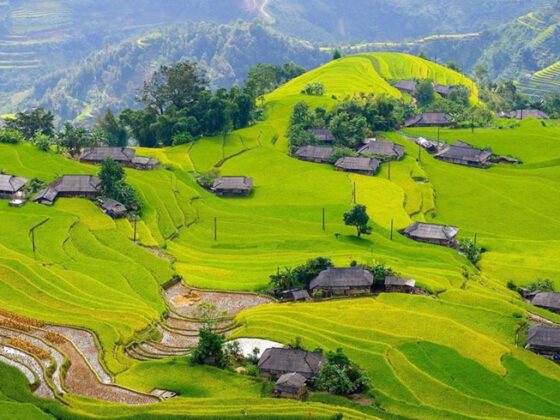


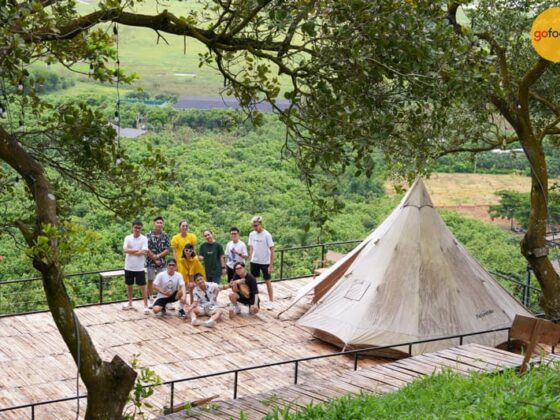
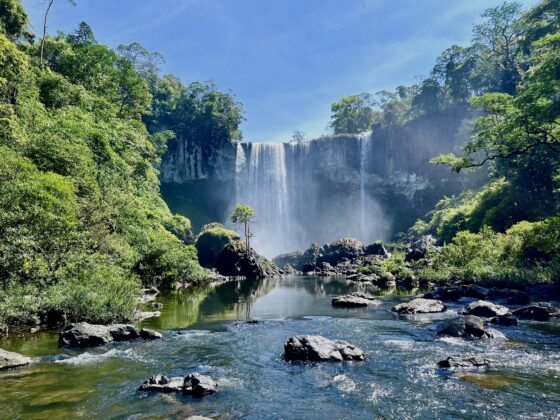
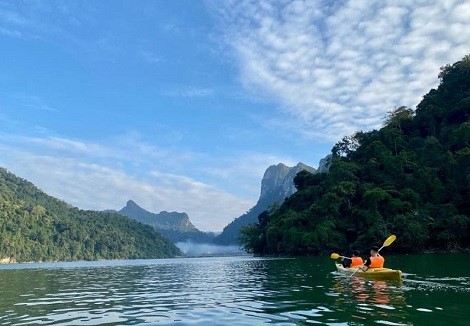
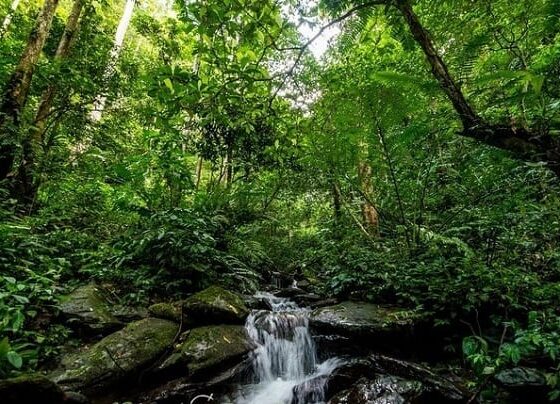
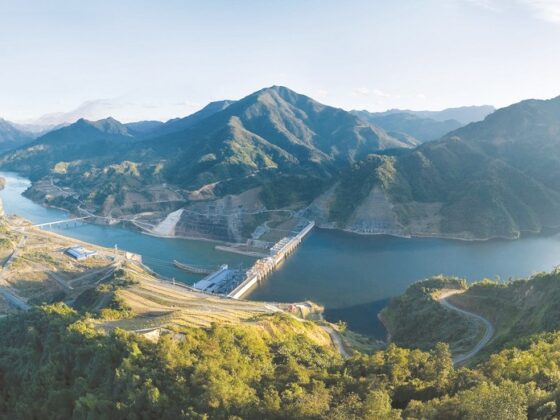
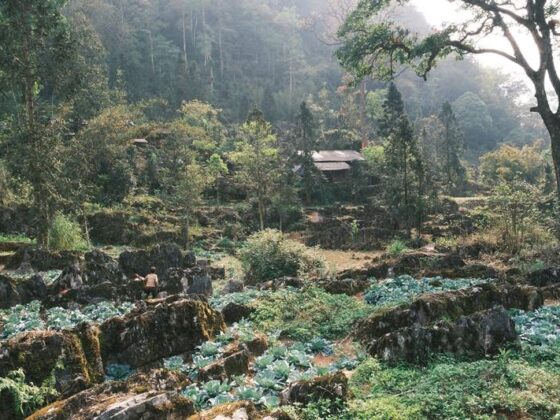
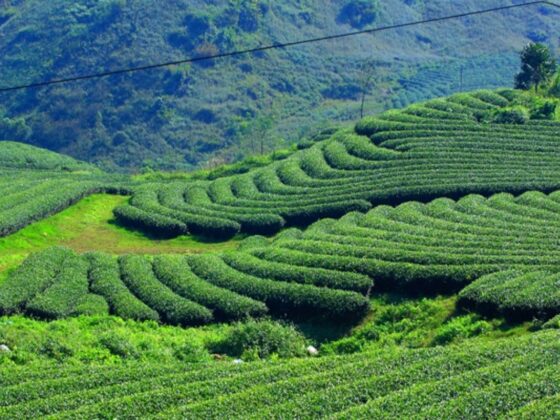
Thank you for your sharing. I am worried that I lack creative ideas. It is your article that makes me full of hope. Thank you. But, I have a question, can you help me?